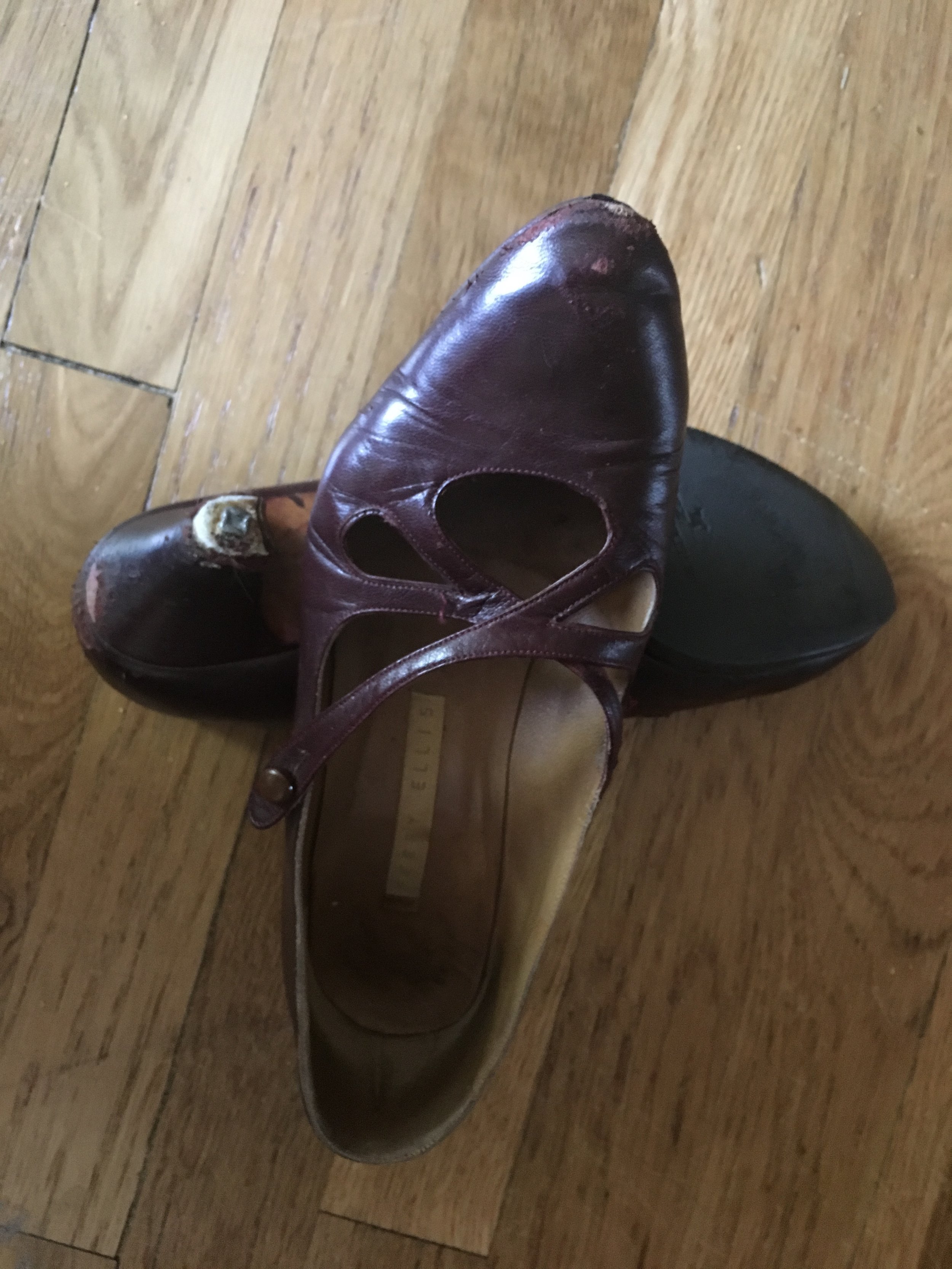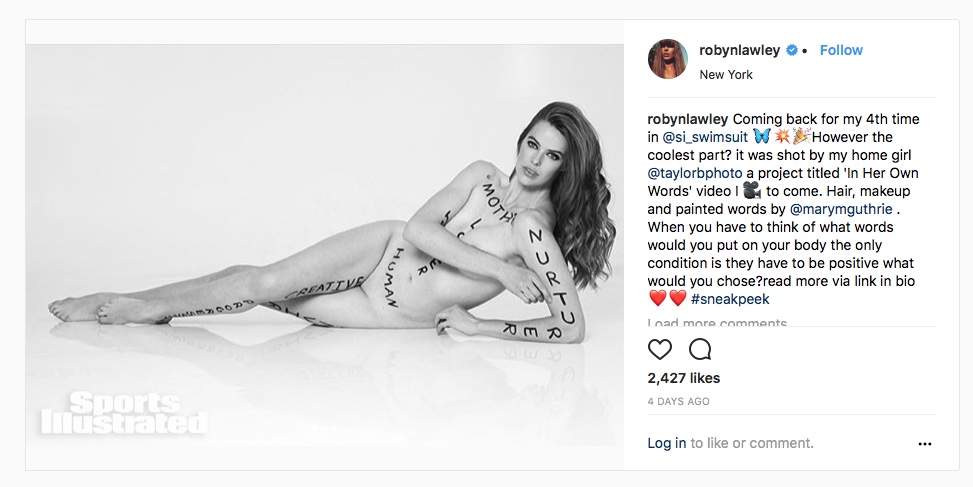So Long High Heels: Hello Equality, Once Again
/I made a mistake. I wore heels. Not stilettos. Mine weren't even close to high enough that my heel looked brittle enough to snap. Slender at its point, my heels were not so pointy as to render me tipsy or tippy. Instead, I swayed, since I'd soon discovered that the cushiony cover on the heel tip was gone so what met the floor was a thin, metal spike. I felt like a tap dancer trying not to tap but only to remain upright as I walked gingerly across the slippery airport floor.
Gail Sheehy wrote "Passages" – about the predictable crises of adult life. I don't remember reading about this one, though it's certainly one that could be predicted. Won't there come a time in every woman's life – born out of pain – when her body rebels and she sends a message to Self: "Self, I've worn the last high heeled shoes of my life."
Last Wednesday night, when hobbled by foot pain, I left my plane in stocking feet. I walked through the airport, my shoes dangling from my hand, and then to the the parking lot to await my Lyft ride home, and up the stairs into my room where the shoes fell to the floor, never to be worn again.
My last high heels.
It's flats from now on. I never did wear heels all that much, but now I'm really done.
My mid-sixties heels' passage got me to wondering what embodiment of youth I will next throw over to age? Tight fitted waists on pants are fading fast. Bungee jumping is definitely out, though I'm not at all sure that in my younger years I would have done that. Not much else I can think of, yet.
What's comforting about ditching my heels is realizing I'm catching a wave of feminist #MeToo rebellion, and not just among peers. Here's a headline on a story I love:
This Unspoken Rule About Heels Is the Reason Kristen Stewart Ditched Her Shoes at Cannes
“Kristen Stewart made headlines at the Cannes Film Festival this week for taking her shoes off on the red carpet. And if you look back into the archives, you’ll realize she did almost the same thing in 2016 when she swapped her black Christian Louboutins for blue Vans sneakers. Her decision is not just about comfort — it’s about making a statement against the Cannes policy that requires women to wear high heels. Although the policy is more of an unspoken rule and isn’t etched in stone like other parts of the Cannes dress code, it’s become clear that women wearing heels are more welcome than those wearing flats.”
And this one:
How High Heels Became a Feminist Issue at Cannes
Outrage ensued after a group of women wearing flat shoes was turned away from a Cannes red carpet. Why is the high heel such a charged piece of clothing?
“The controversy at Cannes reflects a longstanding debate about feminism and high heels.
Indeed, the high heel—as the Brooklyn Museum’s Killer Heels exhibition revealed—is fraught with historical baggage.
From Chinese women teetering on foot-binding wedges to Marilyn Monroe wiggling in her stilettos, high heels have symbolized femininity, sex, power, and submission—sometimes all at once.
They can never be neutral. Women who wear them know this, whether they do so to express their own feelings of power and control or to look and feel sexy. ... Still some feminists insist women can’t be taken seriously in four-inch platforms. Writing in the anthology Fifty Shades of Feminism, Sandi Toksvig, the Danish writer and actress, argues that women ‘will never meet men on an equal footing … while they literally can’t stand up for themselves.’”
After finally ditching my high heels, it's fun to feel part of what's become a broader cultural rebellion in which what women wear (or don't wear) on their feel sends a signal about our freedom.
Here's to flats and freedom!
For a history of high heels – and what they tell us about women's lives, check out this Boston Globe story.
“It may seem somewhat overblown to declare the seemingly trivial act of wearing flats to a formal event as an act of resistance, but the potential impact is truly significant. After all, it’s not that long ago that women were forbidden from wearing pants in public,” says Juliet Williams, an associate professor of gender studies and associate dean of social sciences at UCLA. “By this logic, the expectation (if not formal compulsion) that women wear high heels may be seen as one more shackle that needs to be cast off if women are ever to truly compete, toe-to-comfortable-toe, with men.”
And here is an addendum about high heels from a story in the Harvard Gazette in February 2022 about a scholar who is exploring the perceptions of women wearing high heels.
“For some, heels are useful “power dressing” tools for climbing the corporate ladder that boost confidence and convey authority. For others, they signify conventional notions of femininity that encourage sexual objectification and diminish career prospects. In any case, high heels are still widely seen as the most professional choice for women in many lines of work, from luxury retail sales and the airlines to investment banks and courtrooms, Sreedhari Desai, an associate professor of organizational behavior at the University of North Carolina’s Kenan-Flagler Business School, said. In some countries, including the United Kingdom, Japan, and Israel, companies can lawfully fire women for misconduct if they refuse to wear heels. In the U.S., employers can institute dress codes provided they are not overly burdensome on one gender group.”
Desai’s research is ongoing, but early findings remind me of why I ditched the high heels.
“Time after time, women wearing flats were deemed more capable, more prepared, and earned higher evaluations from both men and women in their 20s through their 50s. In the case of a “masculine” job such as tech manager, the bias against high-heeled women held even when the other candidate’s shoes were not visible to observers.”






